Huang Yongyu: A Mischievous Artist in a Lush Life
- OGP

- Jun 14
- 5 min read
Updated: Jun 25
By OGP Reporters / Members Contribute File Photos
Oh Good Party
Huang Yongyu’s works may not be the emblem of speculative collecting, but for collectors who value content, spirit, personality, and cultural significance, they hold lasting appeal. His creations not only demonstrate artistic skill, but also reflect a deep intellectual response to life, time, and humanity.
Artist Profile: Versatility and Legend
Huang Yongyu (August 1924 – June 2023), a native of Changde, Hunan, was one of the most distinctive contemporary Chinese artists. Throughout his life, he worked across various artistic domains including Chinese painting, printmaking, oil painting, sculpture, ceramics, literature, graphic design, and architectural design—making him one of the very few truly “versatile” artists. He served as a professor at the Central Academy of Fine Arts, Vice Chairman of the China Artists Association, and Director of the Printmaking Institute at the China National Academy of Painting, enjoying a high public reputation.
As art critic Shao Dazhen noted: “He is the spokesperson of the people, expressing his feelings about reality through his writing and painting. His works reflect vivid reality, without any affectation.” Chen Lusheng said he was “a presence that made the world more exciting, and his passing symbolizes the end of an era.”
Huang Yongyu’s art was filled with humanistic care, humorous elegance, and lively charm. He was a prolific creator who painted seven hours a day even at the age of ninety-nine. Not only did he integrate poetry, calligraphy, and painting, but he also merged painting with literature to create a unique artistic language, leaving behind a rich legacy in the history of modern and contemporary Chinese art.
Artistic Style, Achievements, and Market Review
Huang Yongyu’s artistic style is extensive and vibrant. He created works in printmaking, Chinese painting, sculpture, literature, architecture, stamp design, and more. His subject matter was rich, his brushstrokes lively, his language vivid, his style humorous, and his forms diverse. Representative works include:
· Spring Tide (1950s)
A landmark print in the history of New China’s art, known for its vivid depiction and profound symbolism.
· Mr. Li Shizhen’s Reflections (2021)
A masterpiece of line drawing, using threadlike ink lines to depict the figure and dozens of medicinal plants and insects; visually dense and striking.
· What Exactly Did Lord Song and Lord Yuan Want to Paint?
A “prose-style” painting combining image and text, featuring over a thousand words of commentary integrating fable, satire, and art criticism.
· Eyesore
A satirical work responding to absurdities past and present, blending the beauty of ink painting and witty writing.
· Knapsack (created at age 97)
A touching and vivid recollection of his youthful journey to Shanghai in pursuit of art.
Overall, Huang Yongyu’s art is characterized by three significant traits:
Extensiveness: Covers figures, cities, flowers, animals, zodiac signs, mythology, social critique, and more.
Mastery of Line: From early printmaking to later ink drawings, his lines are delicate yet powerful, complex yet orderly.
Charm of Text: His inscriptions are rich with humor and philosophy, fusing literature and painting; his works are hailed as “painting as form, writing as soul.”
He once said: “Literature ranks first in my life, sculpture second, woodcut third, and painting only fourth.” This creative philosophy endows his works with unique humanistic depth.
Market Performance: Steady Growth and Unique Value
Although Huang Yongyu is not the most speculated artist in the auction market, his works demonstrate steady market performance and strong artistic identity. Representative sales data include:
· In 2019, the total auction turnover of his works was RMB 37 million.
· In 2021, his Lotus series sold for over HKD 2 million at Poly Hong Kong.
· In 2022, large-format new works such as Son of the Earth and Li Shizhen sold at auction houses like China Guardian and Poly for RMB 80,000 to 120,000 per square foot.
· Early prints such as Spring Tide, Youth March, and Night Scene by the Lotus Pond have frequently appeared at international auctions like Sotheby’s and Christie’s, entering the mainstream category of Chinese modern art since the mid-2000s.
From a collector’s perspective, Huang Yongyu’s works have increasingly attracted cultural collectors and younger art investors. His non-academic style, independent personality, and rich textual content set him apart in a visually saturated mass art market, offering strong potential as cultural assets.
While not yet aggressively pursued by capital markets, the price curve of his works is steadily rising, particularly for representative late-life pieces rich in textual inscriptions, which have shown active performance in the secondary market over the past three years. Huang Yongyu’s art has been evolving from “commodity trading” into a symbol of cultural identity.
Exhibition Perspective: A Love Letter to Shanghai and to Life
So Long, So Lush – New Works by Huang Yongyu opened grandly at the World Expo Museum in Shanghai, showcasing over 200 masterpieces created after Huang turned 90, including colored ink works, prints, and sculptures. The exhibition embraces the curatorial concept of “poetry and painting together,” breaking boundaries between art and literature, and embodying the creative philosophy of “painting as form, writing as soul.”
The curator distilled Huang Yongyu’s artistic life into a colorful visual album, with the sub-theme “My Heart, Only My Heart,” guiding visitors through his free artistic world. The exhibition’s design uses rainbow colors throughout the space, echoing his famous saying: “I came into this world for the sun.”
Huang held a deep affection for Shanghai throughout his life, once stating, “Shanghai is the place I love most in my life.” The exhibition adopts a “Shanghai narrative” perspective, highlighting his early artistic career in the city and his deep connections with cultural figures—from his youthful pursuit of art to his friendships with Li Hua, Wang Zengqi, Huang Shang, and others, as well as a series of paintings depicting the city’s character. All these underscore the deep affection and nostalgia this “stubborn old man from western Hunan” held for Shanghai.
The exhibition title comes from a line in Huang’s 1979 article Scenery Under the Sun – Shen Congwen and Me: “So long, so lush, and so colorful.” This perfectly reflects the trajectory of his artistic life—rich, full, passionate, and free.
The exhibition centers around the “poetry and painting together” curatorial concept, emphasizing Huang’s integration of form and soul. Many works contain hundreds or even thousands of words of inscription, amounting to “prose within paintings,” showcasing a unique style of integrating writing, calligraphy, and painting. This fusion is especially prominent in works like What Exactly Did Lord Song and Lord Yuan Want to Paint? and Eyesore, which combine absurdity and satire, humor and philosophical depth, where image and text complement each other to form a holistic artistic expression.
The exhibition is divided into sections including Zodiac Sayings, Ever-Blooming Flowers, Ever-Lasting Life, Knapsack, and My Heart, Only My Heart, connecting different stages of Huang’s artistic life and emphasizing his deep love for natural beauty and human warmth.
Collecting Advice: Not Just Art, but Cultural Assets
Huang Yongyu’s works may not be the emblem of speculative collecting, but for collectors who value content, spirit, personality, and cultural significance, they hold lasting appeal. His creations not only demonstrate artistic skill, but also reflect a deep intellectual response to life, time, and humanity.
In a global art market that increasingly leans toward homogeneity, Huang’s works stand out through their narrative power and fusion of text and image, offering high readability and long-term spiritual value.
From an investment perspective, the following categories are recommended for attention:
· Highly personalized works with long inscriptions (text-rich pieces show significant premium in the market)
· Iconic themes such as Knapsack, Wrestling, Lotus, and Ever-Blooming Flowers
· Early woodcut prints and works featuring Shanghai themes
In summary, Huang Yongyu’s artistic journey is best encapsulated in his own words: “Beauty fades easily; the mission of art is to preserve it.” His works may not be the focus of investment hype, but they are undeniably a gift of charm, wisdom, and vitality.





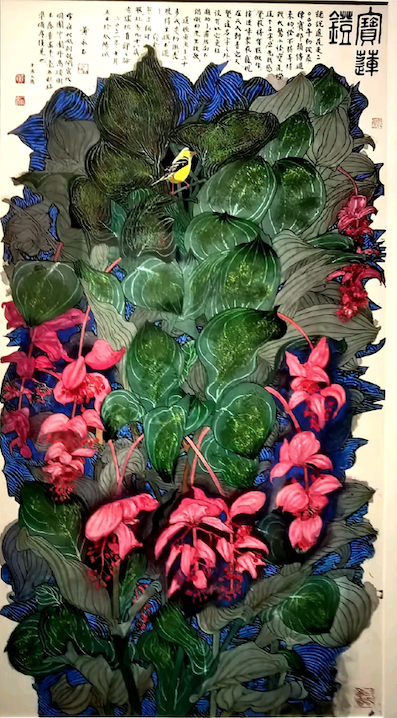



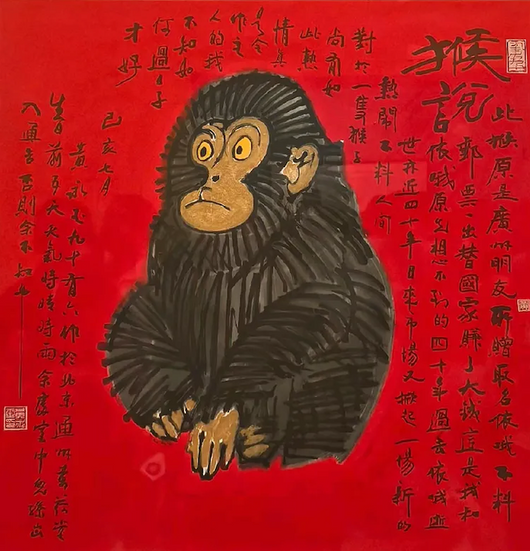

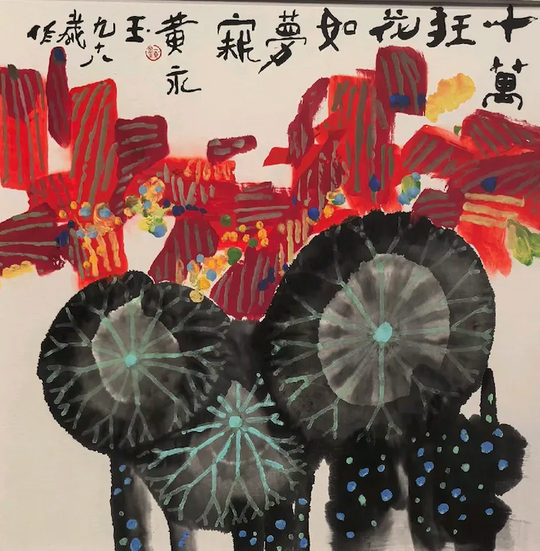

















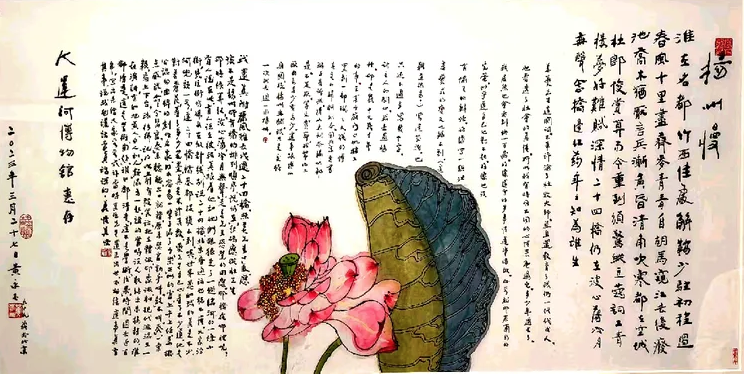





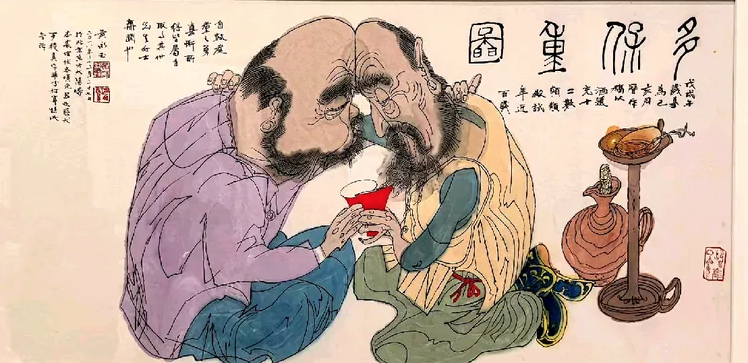











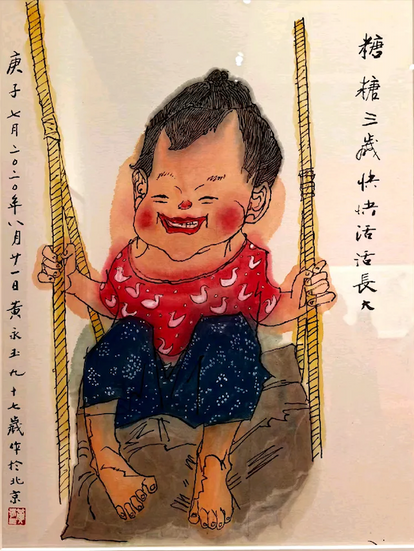













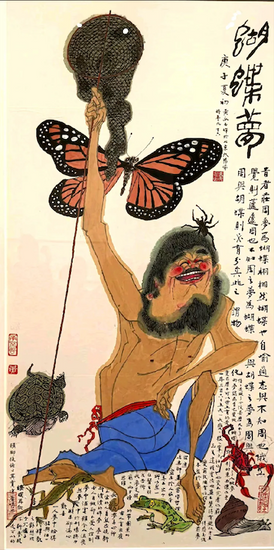











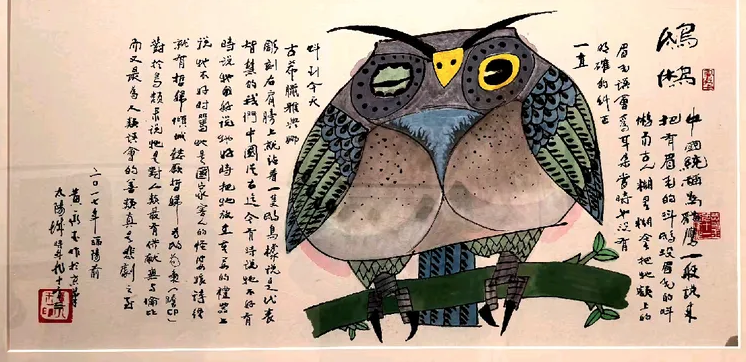

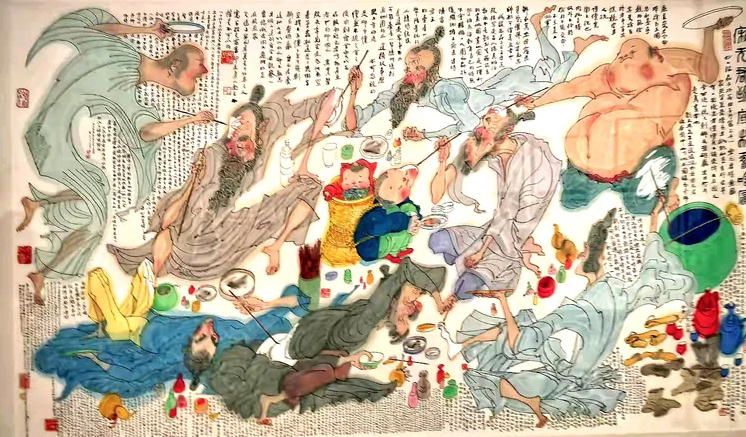


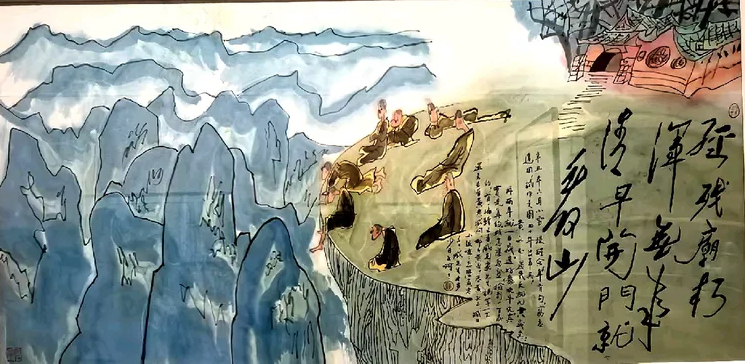

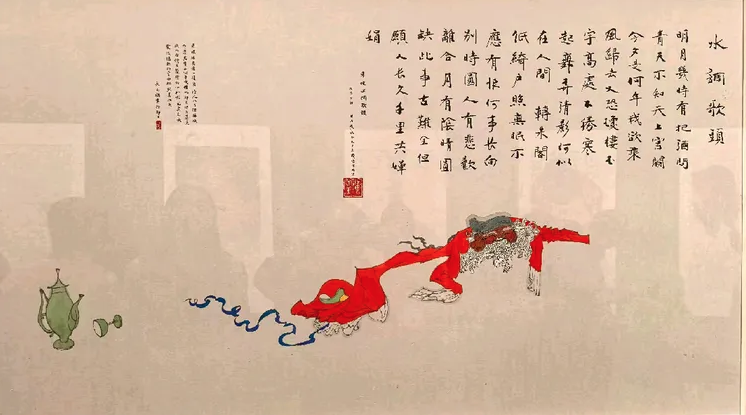


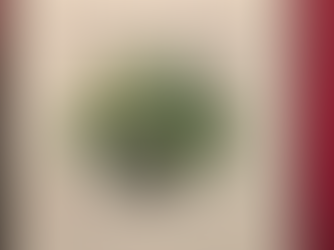


















Comments